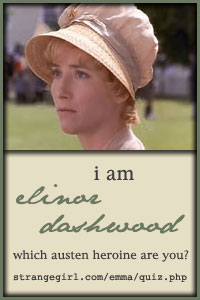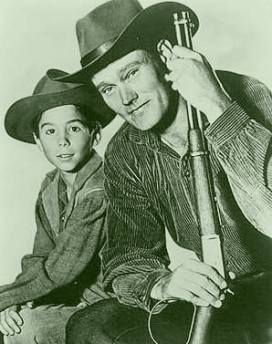This little drawing game is equal parts Pictionary and Whisper Down the Lane and will keep any group of five or more entertained for at least half an hour. It’s great for parties of all kinds because it is easy to learn, fun to play, and non-competitive; the game is all about the experience and reviewing the oft-ridiculous results.
I learned about this game from a fellow blogger who read about it in a newspaper column by Orson Scott Card (a great author of speculative fiction). Here's what you do:
1) Get supplies. Grab some paper and your writing/drawing implements of choice. Half-sheets of notebook or copy paper are sufficient; every person will need as many sheets of paper as there are players (5 players = 25 sheets total, 6 players = 36 sheets total, etc.) . I keep a fistful of pens and a notepad around for just these occasions.
2) Circle up the players and label your first sheet. Sit in a rough circle and assign each player a letter, starting with “A.” Everyone must write their letter and a “1″ on their first page. This is the only time these people will write this letter; don’t label all of your papers!
3) Write a caption and pass it on. Each player must write a sentence on his or her paper. Any sentence at all will do, but it does help if it’s something ridiculous and yet possible to draw. All players pass their paper to the left.
4) Draw a picture based on the caption, but only pass on the picture. Everyone should write the letter they received and a “2″ on a new sheet of paper (be careful, because someone usually messes up the lettering or numbering in every game). On this page, each player should draw a picture to represent the sentence received. Think of the sentence as a caption for the picture. When finished, everyone will pass their latest paper to the left; keep the first paper face-down.
5) Write a caption for the picture you received. Label a new page with the same letter you just received, and write a “3″ because this is the third round. Now, try to decipher the drawing and write down a caption for it on your new page. Pass this paper to the left. Keep the drawing you received face-down.
6) Continue until the circle is complete. Continue the caption-to-drawing-to-caption routine until you run out of pages. If you passed out the right number of pages, the number on your final piece of paper will be the same as the number of players.
7) Match up the pages by letter. Return the lettered pages to the people who wrote the original captions. For example, the person who started with “A” should collect all of the “A” pages.
8) Laugh at the results. Have each person share their results with the entire group. Revel in how each sentence was distorted and altered throughout the game. With at least five players, it is very rare for many statements to survive the process intact.
Laugh with each other. Start again if desired.
Sometimes, it results in very straightforward verbal and visual translations. Usually, it devolves into madness. The more people, the better. Here are a few examples picked from actual games:





B1-B5 (above): The basic theme of a throbbing heart survived to the end of the game. Everything else changed.





C1-C5 (above): Notice that the drawings are quite similar even though the caption changed completely.





E1-E5 (above): The original statement about the goat and the wallet was clearly intended to produce ridiculous drawings. Not surprisingly, the final message at the end might as well be “purple monkey dishwasher.”
Even if you don’t like most games, don’t knock this one until you try it. The game usually results in fits of laughter both during the drawing/writing process and during the final reviews. If there’s a winner, it’s whoever got the most laughs. What’s not to like about that?
PS) A suggestion for managing the numbering process: use larger sheets of paper and fold over the previous statement / drawing before passing the paper. That helps to simplify things and keeps a consistent record for each phrase / drawing chain. This method may enable cheating, but since this game has no winner, cheating would be pretty sad. The biggest disadvantage is that your drawing space is significantly reduced. For some reason bigger paper is more fun!
SOURCES:
Drew's Directions
Uncle Orson Reviews Everything
Party Games
Another DRAWING GAME!









